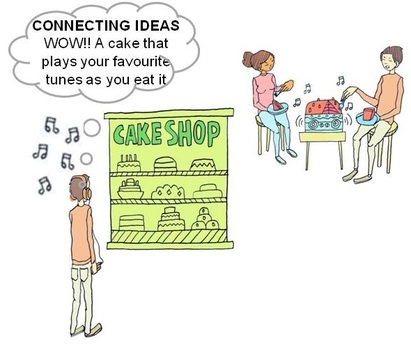
For the last few weeks I have been working on the most recent issue of Lifewide Magazine with my co-editor Jenny Willis. We took the theme of everyday creativity for this issue and tried crowd sourcing some of the content extending an open invitation to contribute a story of personal creativity. I also searched the internet for stories that we could use and found some great examples of creativity growing out of the circumstances of individual's lives. Altogether we had 20 stories and all of them reveal that someone cared enough about their creative ideas to turn them in to concrete experience or some sort of product or relationship. But creativity does not just happen in a vacuum. Individuals are located in the circumstances and situations that form their lives and the collection of stories gives meaning and substance to Rogers' concept of creativity and the way it happens.
Creativity is 'the emergence in action of a novel relational product growing out of the uniqueness of the individual on the one hand, and the materials, events, people, or circumstances of his life' Rogers (1)
Some of the stories show how we use our creativity to change the circumstances of our lives to give it more purpose and meaning. There are many suggestions as to why, when, how and where creativity emerges from and through people's lives and plenty of lists showing how we can improve our creativity (2). Based on the collection of stories in 'Our Creative Life' we offer these thoughts.
- Importance of imagination, exploration and connection
- Our everyday creativity can be applied to almost anything - we are very good at using our imagination to find the affordances for our creativity in the different parts of our life - it's a fundamental characteristic of being a person.
- The source of creativity - our imagination that gives rise to new ideas, feelings and actions, can be provoked by almost anything. We are the ones that find interest, meaning and inspiration in our own experience. being open to our feelings enables us to be inspired by almost anything.
- Our imagination encourages and enables us to connect ideas that are not normally connected. Because they are our ideas that we care about, the result of connecting our ideas has personal meaning and significance to us. This is the source of our commitment to bringing our ideas into concrete existence.
- Necessity is the first mother of our creativity: for example when we are faced with a challenge or problem that requires us to be imaginative and resourceful or and we need to experience and experiment with something in order to learn.
- The second mother helps us cope with adversity or physical/emotional disruption in our life. It helps us cope with dissonance and conflict drawing on the emotional turbulence that emerges from the circumstances of our life. Our creativity can also be an expression of care and love in such circumstances.
- The third mother fulfils our desire to achieve more of our potential as a human being. There is within us an innate drive to develop and improve ourselves and our lives - Maslow's notion of self-actualisation (3). So we seek out new experiences and explore and experiment within these new circumstances to make our lives more interesting and in the process we enrich ourselves and our lives. We search for affordance across and through our life. We use our creativity to replace the predictability of routines with interest, uncertainty and excitement.
Some contexts and situations are better than others at stimulating or requiring our creativity
- Within the circumstances of our life, some contexts and situations provide us with more affordance for creative self-expression and deep satisfaction, than others. These contexts connect to our interests which motivate us to engage. We immerse ourselves in these interest-driven contexts and in the process develop our skills, knowledge and talents and discover particular mediums that we enjoy. Effort is rewarded as we get good at whatever we are doing as we involve ourselves in the things that we care about and aspects of our creativity flourish. Our interest and passion driven creativity connects to our need to fulfil ourselves as a the person we are.
- Circumstances change and sometimes a context or situation within which we are creative cannot be sustained. If we are unable to continue one form of creative expression for example because of an injury or illness, our creativity can be expressed in a different way in a different medium and context.
- Perhaps the greatest demand for our creativity is found in contexts that are unfamiliar dealing with problems that we have never encountered before. In such situations we are forced to invent ourselves and our practices and we may have to be exceptionally resourceful using whatever is available in our immediate environment. Making do with whatever is available connects to necessity being the mother of invention.
Some factors and conditions that influence our creativity
- All sorts of factors can influence our creativity. Our parents and our upbringing can influence and inspire us to live a life of creative possibility, while for some people particular conditions like having time, being relaxed, exercising or drinking coffee in a favourite cafe, help them access their unconscious mind to liberate their ideas.
- We do not require an audience for our creativity to be exhibited, but we do derive enjoyment from witnessing the enjoyment, approval or admiration of others in response to our creations. But most of our everyday creations go unnoticed by everyone except ourselves.
- From time to time we might find ourselves in situations that we cannot get out of. Talking about our problems and challenges with sympathetic and engaged listeners can open new ways of thinking and opportunities for creative solutions and actions that are not available to us without their involvement.
- Some creative ideas involve gaining buy in and involving others in order to accomplish something or make something significant happen. In such circumstances creativity may lie in the orchestration and facilitation of the process whereby people can make their contribution.
- Creative moments can be remembered throughout our lives and they may have a lifelong impact upon us and sometimes others. By sharing our creations and our thoughts and feelings around our creations we can inspire others. In the Social Age blogs have become important vehicles for creative self-expression, for sharing our creations and inspiring others.
- Finally, if we are to create a more creative society: a society in which every person's creativity is nurtured, encouraged and valued, then teachers have a crucial role to play in ensuring that the right sort of conditions, relationships, affordances and recognitions are available.
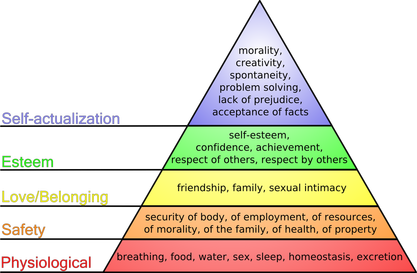
These are just a few of the themes to emerge from the collection of stories of everyday creativity in 'Our Creative Life' Lifewide Magazine #15 http://www.lifewidemagazine.co.uk/ If you have a story to tell please share it with us so we can add to the collection and share understandings.
By coincidence, on the day I wrote this post two weeks before Christmas, my wife decided that we were going to have a creative afternoon making Christmasy things. She set up what in educational terms would be called a 'maker space': she filled our dining room table with 'stuff': materials for making things - coloured card, paper, fabric, sticky tape, glue, paints, pencils and crayons, beads, tinsel and sparkly stuff, boxes, jars, paper bags and labels.. and the tools to make them - like scissors and other cutting and shaping implements. I was made to sit down and make something - opting out was not an option on this occasion but at least I had permission to make anything I wanted, although I was given five paper bags and told to make something for my grandchildren. So I set about decorating the bag with sweets (a sure winner I thought) and as they are all boys a stuck a little car in each one and another sweet. I was pleased with my impromptu invention. And that was the feeling around the table. My wife and two daughters happily immersed themselves for four hours listening to carols and making stuff. Quite spontaneously my daughters said it gave them pleasure and reminded them of when they were children and they talked about primary school and how they sometimes felt inhibited because what their art work was not as good as their friends. But in this environment there were no judgments or criticisms: each appreciated what the others had done and that encouraged them to persist with what they were doing. Here was a family act of everyday creativity and I could see that sometimes we engage in the creative act of making things simply for the pleasure it gives us and in this family social setting part of the pleasure was in the conversation and the memories of Christmas and childhood it triggered. And what a perfect example of Rogers' (1) concept of creativity in action!
Sources:
(1) Rogers, C.R., (1961) On becoming a person. Boston: Houghton Mifflin (2) Tay D., (2015) The big list of 51 hacks to improve your creativity http://piktochart.com/51-creativity-hacks/ (3) Maslow, A.H. (1943). A theory of human motivation Psychological Review 50 (4) 370–96
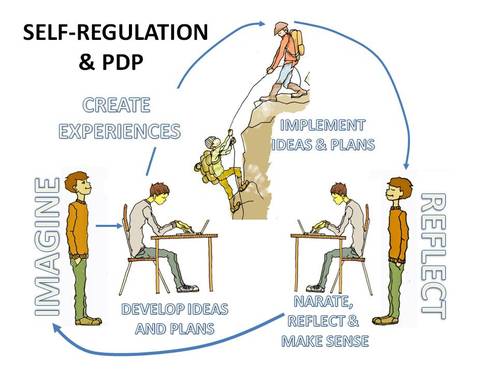
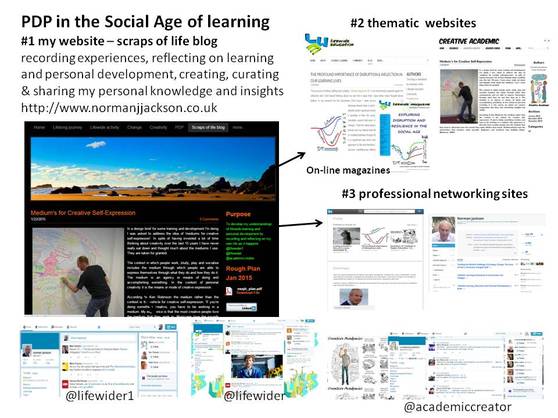
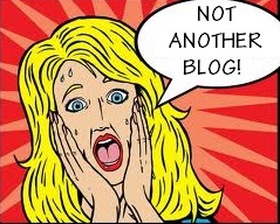
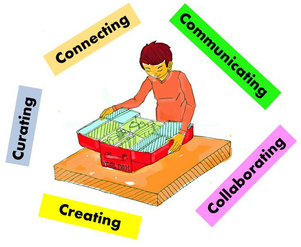
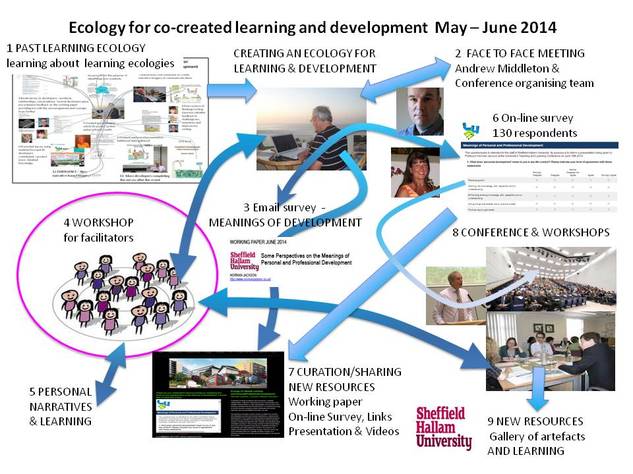
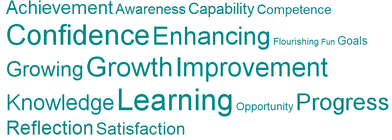
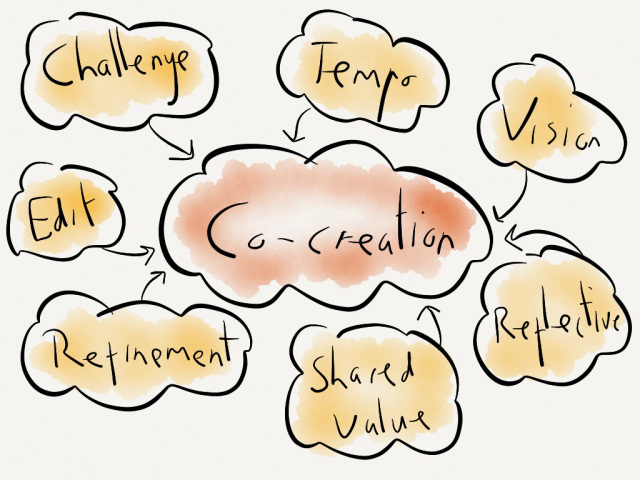

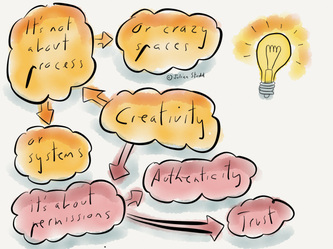
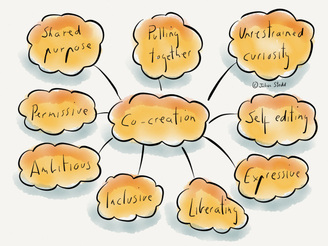
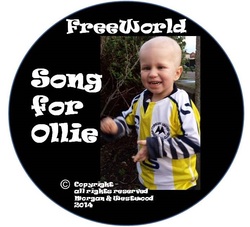
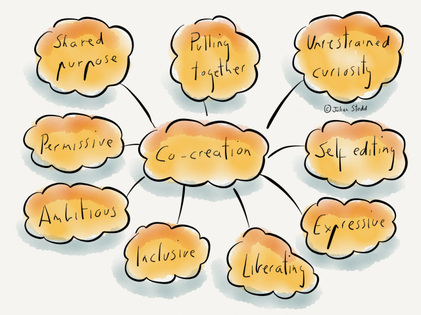
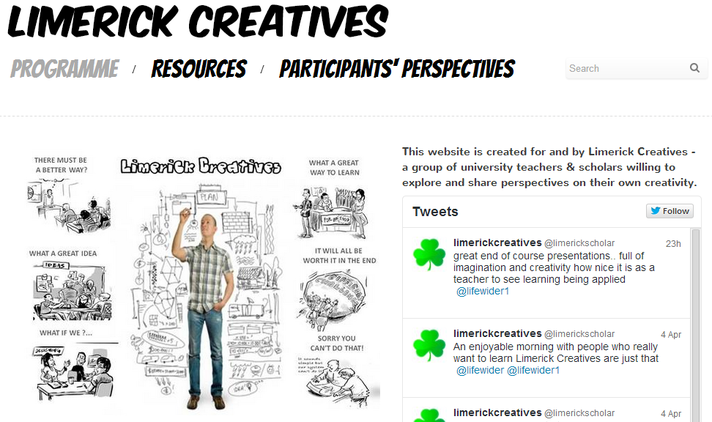
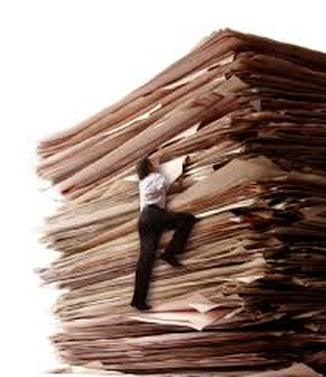
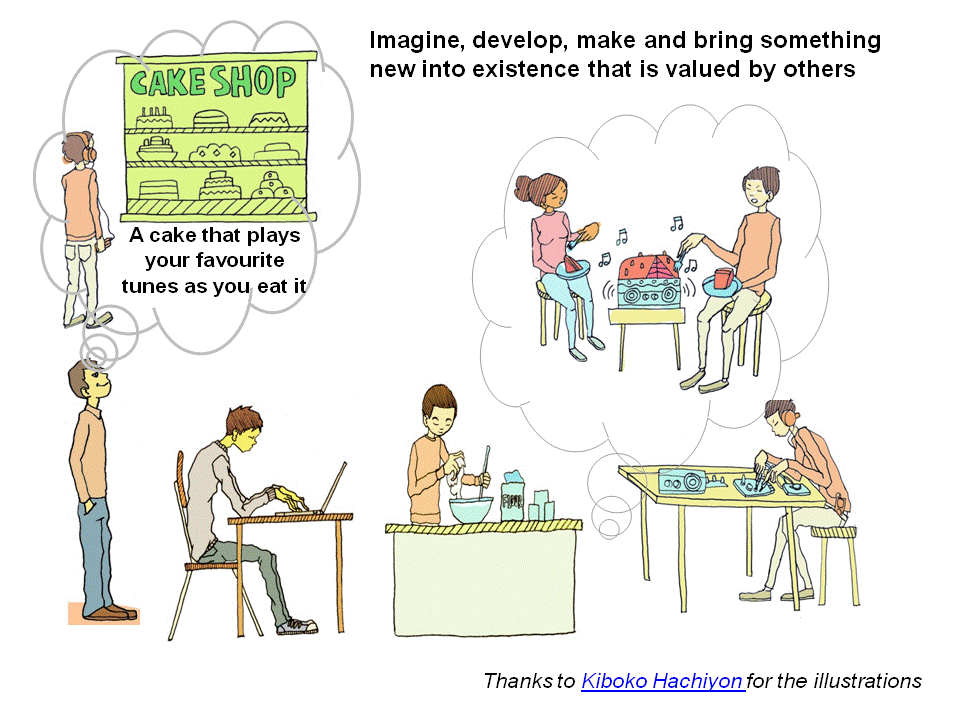

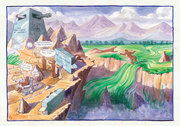



 RSS Feed
RSS Feed